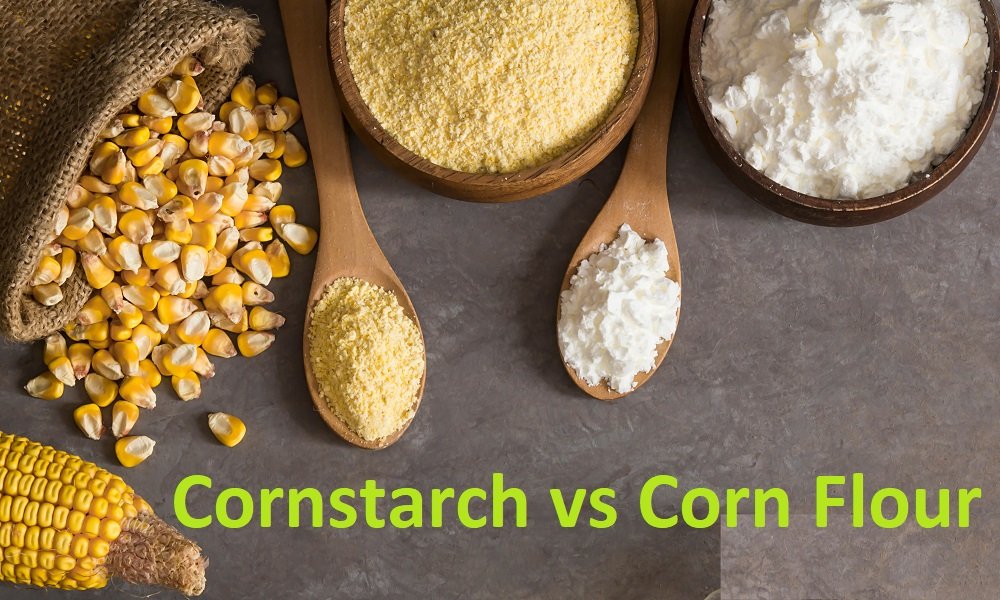Stock Vs. Broth – 4 Differences You Didn’t Know
There comes a time when all you want is soup; whether sick, cold, or simply in the mood, a soupy meal can lift your spirits and warm up your insides. Soups, however, come in all shapes and forms, and it can be quite difficult to distinguish between them. Most people think of broth and stock as one but it turns out there are quite a few differences between the two.
What is Broth?

Generally speaking, broth can be any liquid with cooked meat, veggies, beans, etc. tossed in. Broth is usually made by simmering your choice of flavoring (fish, vegetables, legumes…) and just mixing it all up with your favorite kind of spices or herbs and seasonings.
That’s pretty much the main thing that gives the broth its uniqueness; seasoning. Unlike stock, broth can usually be eaten alone and is typically made as a stand-alone meal.
Some people might toss in bones in their broth, but that isn’t a determining factor with this kind of soupy delight; even if you add bones to your broth, the general realization of it isn’t dependent on bones.
People can get all creative with their broth. You can pretty much add in any flavor you desire, and the ingredient count is yours to test out. It is considered as a satisfying meal that is both beneficial and downright delicious.
Soluble Fiber Vs Insoluble Fiber: 3 Key Differences
What is Stock?

As we’ve mentioned before, very few people find the need to separate stock from broth; their argument is that broth is basically “flavored stock”. No one can blame them, really, for stock can pretty much be considered as a broth-to-be depending on your plans for it.
The thing about stock is that it is almost wholly dependent on bones. When heated, the collagen in bones turns into gelatin which gives your stock a kind of rich and thick structure.
Some people even roast the bones in order to get a darker/richer stock, but it really depends on taste. Not to mention that bones are known for their medical benefit, so stock is considered to be highly therapeutic.
Unlike with broth, stock is rarely eaten alone; you can think of it as the foundation for your main meal. Once you’ve made your stock, you are free to season it, use it in the making of another cooked dish, etc. but once you’ve done that, it is no longer labeled as “stock”.
More Related Articles:
- Differences Between Chow Mein And Low Mein
- Egg Rolls Vs. Spring Roll
- Sushi Vs. Sashimi – Know The Key Differences
Differences between Broth and Stock
In order to identify the key points separating broth from stock, here is a broth vs. stock comparison table to help you out:
Stock |
Broth |
| Is pretty much bone-exclusive | Allows for a wide variety of additional ingredients (meat, fish, vegetables, beans, etc.) |
| Is left unseasoned to allow for further use | Is usually seasoned |
| Has a thick/gelatinous texture to it | Is generally more liquid-like due to the lack or limited use of bones |
| Is rarely eaten alone (used in the making of other dishes) | It can be enjoyed alone due to its rich ingredients and satisfying taste. |
In the end, the way broth and stock are considered can be perspective. Certain culinary schools might have a different definition for each term, and many individuals might have been brought up to think of them as one. Nevertheless, you can think of this as a generalized conception of broth and stock.






